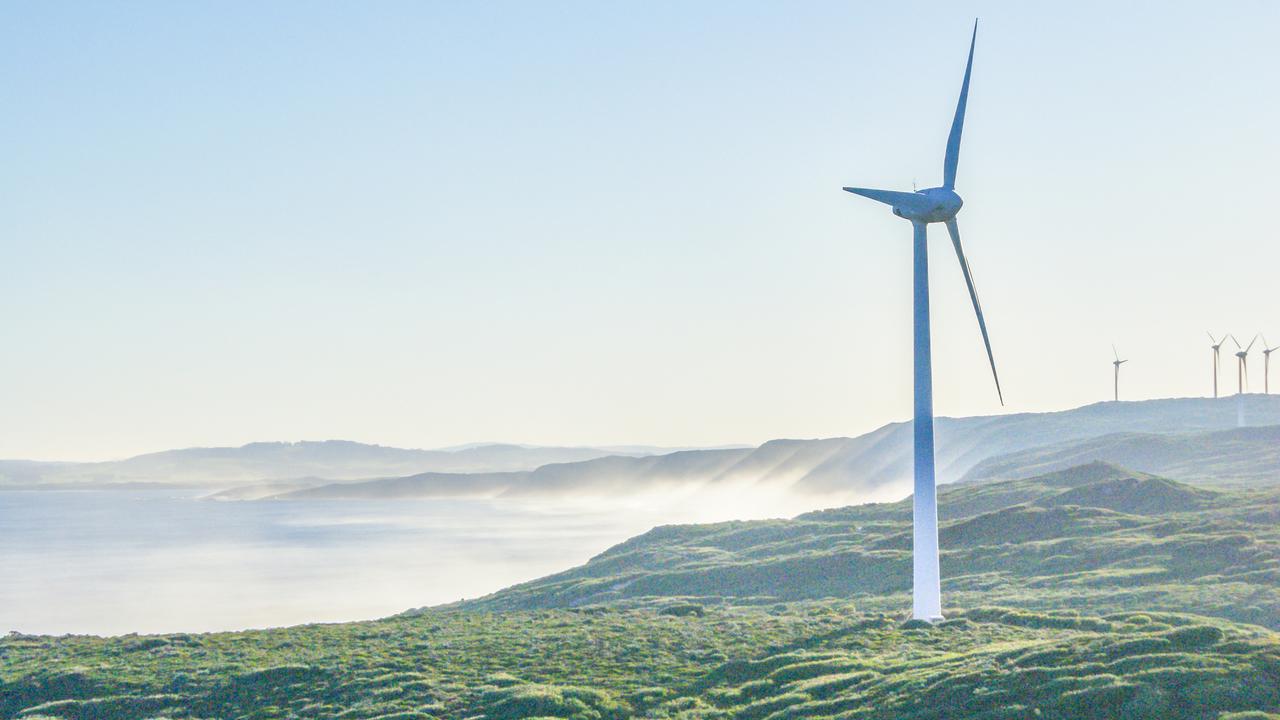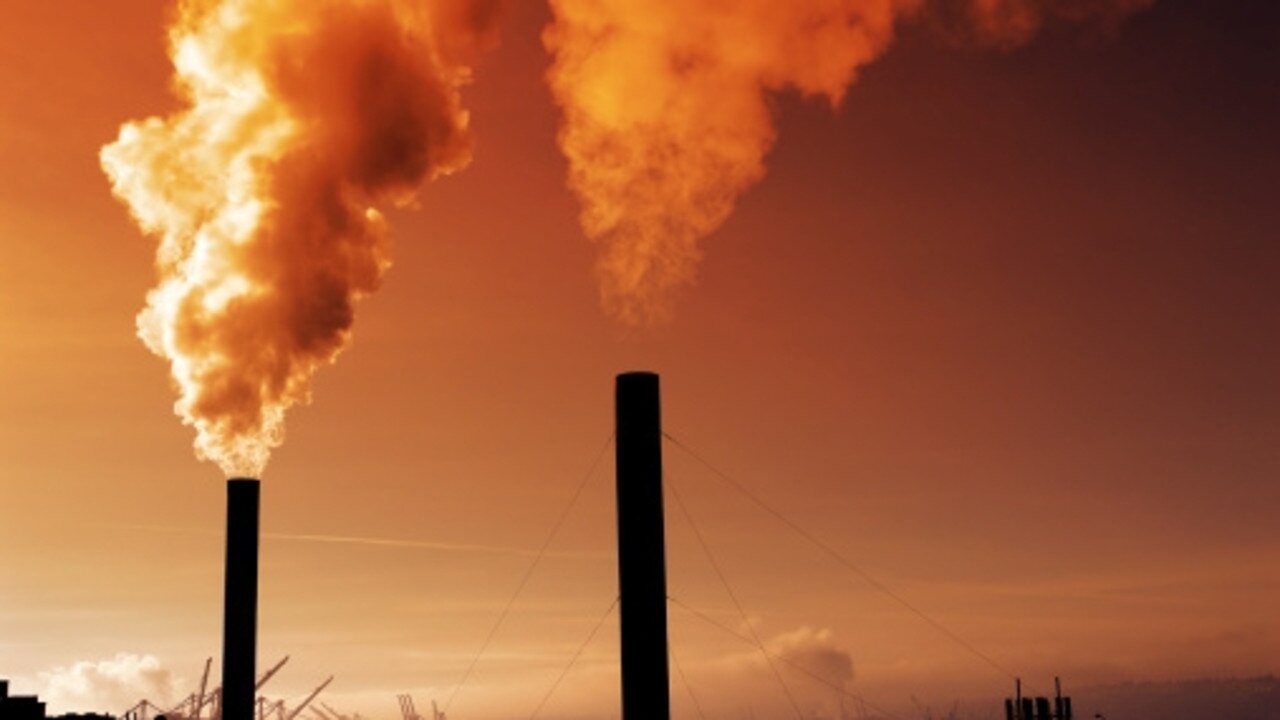Heat is on as fire risk rises
AUSTRALIA can expect more hotter days, a greater risk of bushfires, heavier rainstorms and more severe cyclones.
AUSTRALIA can expect more hotter days, a greater risk of bushfires, heavier rainstorms but less total rain and fewer but more severe cyclones, according to the nation’s official long-range climate forecast.
The biannual climate report by the Bureau of Meteorology and the CSIRO said changes to Australia’s climate were occurring against a background of high natural variability but the signal was clear.
Continued rises in carbon dioxide in the atmosphere would cause further global warming over the next century, the report said.
Based on information from up to 40 global models, BoM and the CSIRO said recent trends in rising temperatures, which had seen air and ocean temperatures rise on average by almost 1C since 1910, would continue.
CSIRO principal research scientist Kevin Hennessy said there was “very high confidence” that hot day days will become more frequent and hotter.
“We also have very high confidence that sea levels will rise, oceans will become more acidic and snow depths will decline,” Mr Hennessy said.
“We expect that extreme rainfall events across the nation are likely to become more intense, even where annual-average rainfall is projected to decline”
The BoM-CSIRO report said temperatures were projected to rise by 0.6C to 1.5C by 2030, compared with the climate of 1980 to 1999.
Warming by 2070 was projected to be 1C to 2.5C for low greenhouse gas emissions and 2.2C to 5C for high emissions scenarios, which assumes a continuation into the future of the global emissions growth seen over the past decade. The low emissions scenario assumes a significant reduction in global emissions over the coming decades.
An increase in the number and intensity of extreme rainfall was projected for most regions, but decreases in average rainfall were expected over southern Australia compared with the climate of 1980 to 1999.
Under the low emissions scenario, rainfall was expected to fall between 0 and 20 per cent by 2070.
Under the high emissions scenario, the rainfall forecast was for a 30 per cent decrease to a 5 per cent increase by 2070, with the largest decrease in winter and spring.
For northern Australia, the projected changes in rainfall range from a 20 per cent fall to a 10 per cent rise by 2070 for low emissions and a 30 per cent fall to a 20 per cent rise for high emissions.
The report said droughts were expected to become more frequent and severe in southern Australia.
The number of extreme fire-weather days is projected to grow in southern and eastern Australia by 10 to 50 per cent under low emissions growth and 100 to 300 per cent for high emissions by 2050.
Sea level rise around the Australian coastline by 2100 was likely to be similar to the projected sea level rise of 0.28m to 0.61m for low emissions and 0.52m to 0.98m for high emissions, the report said.
It said ocean acidity levels would continue to increase as the ocean absorbs anthropogenic carbon-dioxide emissions.
Opposition climate change spokesman Mark Butler said the report showed Australia would be hardest hit by rising temperatures and increased frequency of extreme weather such as drought, heatwaves and cyclones.
Climate Institute chief executive John Connor said the report highlighted the need for ambitious post-2020 pollution reduction targets, a transition plan to decarbonise the economy and far greater integration of climate resilience in planning and assessment.
“This shows starkly how deep pollution reductions and decarbonisation of the economy is squarely in Australia’s national interest,” Mr Connor said.



